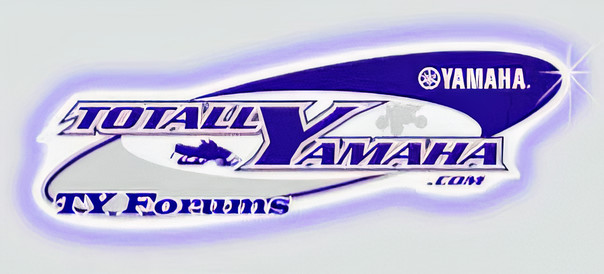WNR18
New member
I have a few questions about secondary springs. I have a 2000 SRX 700. Stock it came with a straight 47 degree helix with a red spring. The amount of twist was set a 80 .The previous owner installed a 50/44 helix wth a silver spring. The amount of twist is set at 80 also. I also have a 2009 Apex MTX. It came with a straight 45degree helix with white spring. The amount of twist was set at 70. I installed a Shockwave helix. It came with an earlanson purple spring( quite a bit stiffer that a Yamaha white). The amount of twist was to set at 10. I am an old cat man. With the old style secondarys you would set the spring end in the middle hole. If the snow got really heavy and wet , the spring could be tightened up one hole.This usually took away lots of top end. There were five holes to choose from but if you ran any other hole other than the middle or one tight, it was better to change the spring. Yamaha has three holes on the shive and four holes on the helix. This lends to alot more twist settings. What determines the amount of twist to use? How many degrees of twist can you add/ subtract from a spring before you should change the spring. For every 10 degrees of twist (added or subtracted), what happens to the spring rate, installed force and finish force?
bluewho
Active member
60 to 90 is the norm if the sled bogs at all on hard launches set higher, more top end set lower.
They last for years but should be changed when running a differant helix or for prevenitive matenance.
If you take the time to inspect were the ramps on the hellix end up when dropping the spring in differant holes it will tell you how mutch preload it will take to drop the helix over the spline.
They last for years but should be changed when running a differant helix or for prevenitive matenance.
If you take the time to inspect were the ramps on the hellix end up when dropping the spring in differant holes it will tell you how mutch preload it will take to drop the helix over the spline.

